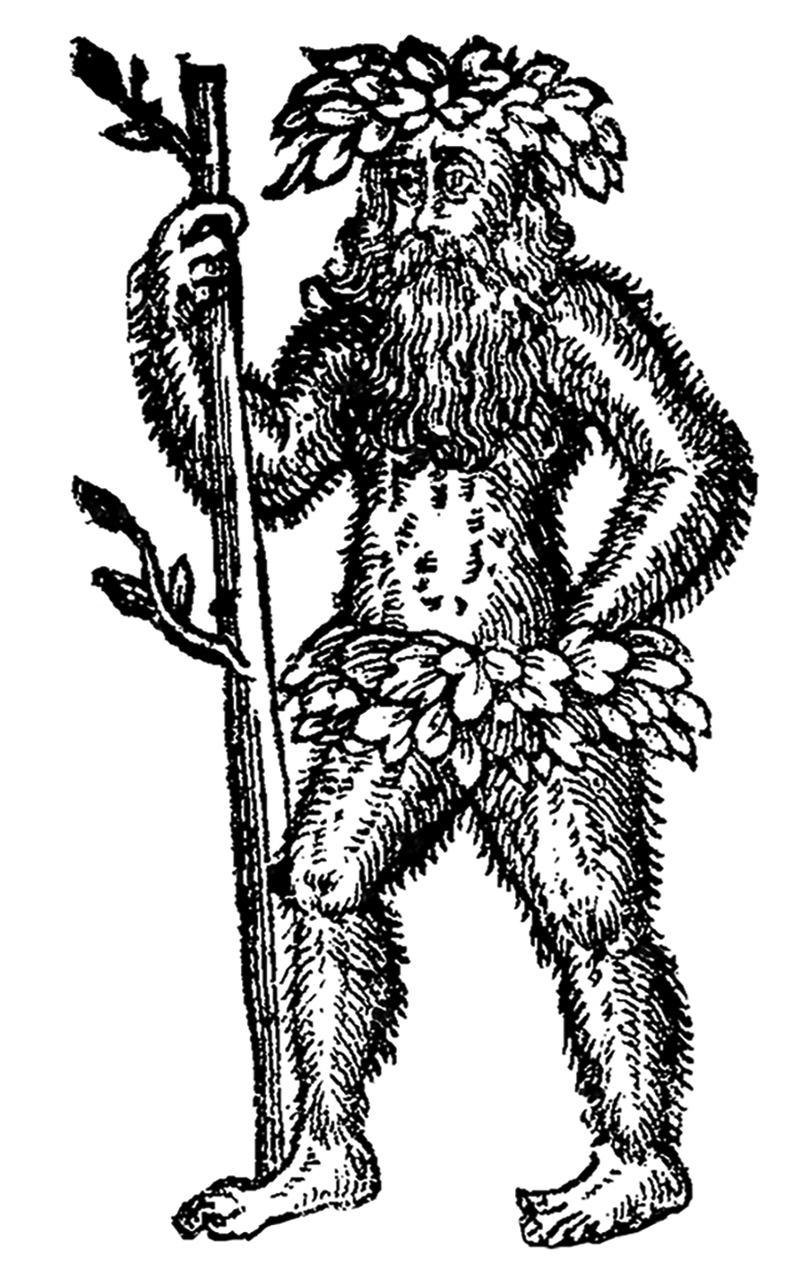I’ll be delivering a paper as part of this year’s online Post-Medieval Archaeology Congress (#PMAC22), held by the Society for Post-Medieval Archaeology (SMPA), 20 – 21 May (tickets available here).
This paper – ‘From Ancestors to Phantoms and Fairies: Re-examining Ritual Landscapes’ – will be presented through Twitter (using the account associated with this project: @DoctressLeach), at 10.30 am (over 15 minutes) next Friday (20 May).
There’ll be 5 minutes for questions at the end – so I hope to have the opportunity to speak with any readers interested in the topic. The abstract is as follows:
Previous studies reveal the presence of Roman and early Medieval material at prehistoric and later monuments; and at natural features, such as hills, caves, and water sources. Comparison of a range of evidence suggests that later artefact deposition at these sites indicate their perception as otherworld portals, through which relationships with ancestral and local spirits were enacted.
Analogous practices in the later Middle Ages point towards the continued or renewed significance of these sites within Christianised societies. While acknowledging that their ‘meanings’ may have changed over time, contemporaneous and subsequent folklore suggests conceptual connections for understanding otherworld realms and beings.
Building upon the author’s and other research, a regional project examining late fifteenth – early nineteenth-century popular belief and ritual practices is exploring landscape features for potential evidence of post-Medieval activity; and reconsidering previous assumptions regarding the presence of material remains.

